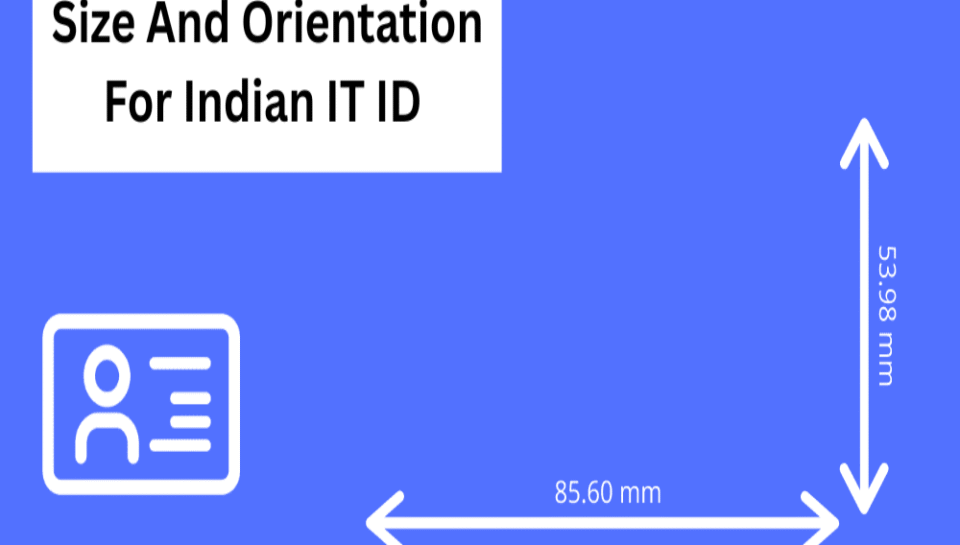
What size and orientation is standard for Indian IT IDs?
Standard Size of IT ID Cards
- The typical size used is 85.60 mm × 53.98 mm.
- This size is also referred to as CR80 or standard credit card size.
- The dimensions align with ISO/IEC 7810 ID-1 specifications.
- It is widely accepted for security and access control systems.
- The size is compact and fits easily into wallets or badge holders.
Preferred Orientation for Display
- The most commonly used orientation is landscape.
- Landscape allows better readability of details like name and ID number.
- Horizontal layout supports larger photos and logos.
- Portrait orientation is used rarely and usually for specific applications.
- Orientation is generally kept consistent across departments.
Material and Durability Requirements
- PVC plastic is the standard material used.
- Laminated or composite cards are preferred for durability.
- Cards are resistant to moisture, bending, and fading.
- Thickness typically ranges from 0.76 mm to 0.80 mm.
- RFID or smart chip layers are optional but increasingly common.
Information Placement Guidelines
- Employee photo and name are placed on the left or center.
- Company logo usually appears on the top or upper-left corner.
- Designation, employee ID, and department details are placed below the name.
- Contact information and validity dates are at the bottom.
- Optional QR codes or barcodes may be placed on the back.
Printing and Lamination Practices
- Thermal or dye-sublimation printers are commonly used.
- Front side usually includes color printing with high resolution.
- Back side may contain black and white or grayscale text.
- Lamination adds protection against wear and tear.
- Double-sided printing is preferred for extra information.





